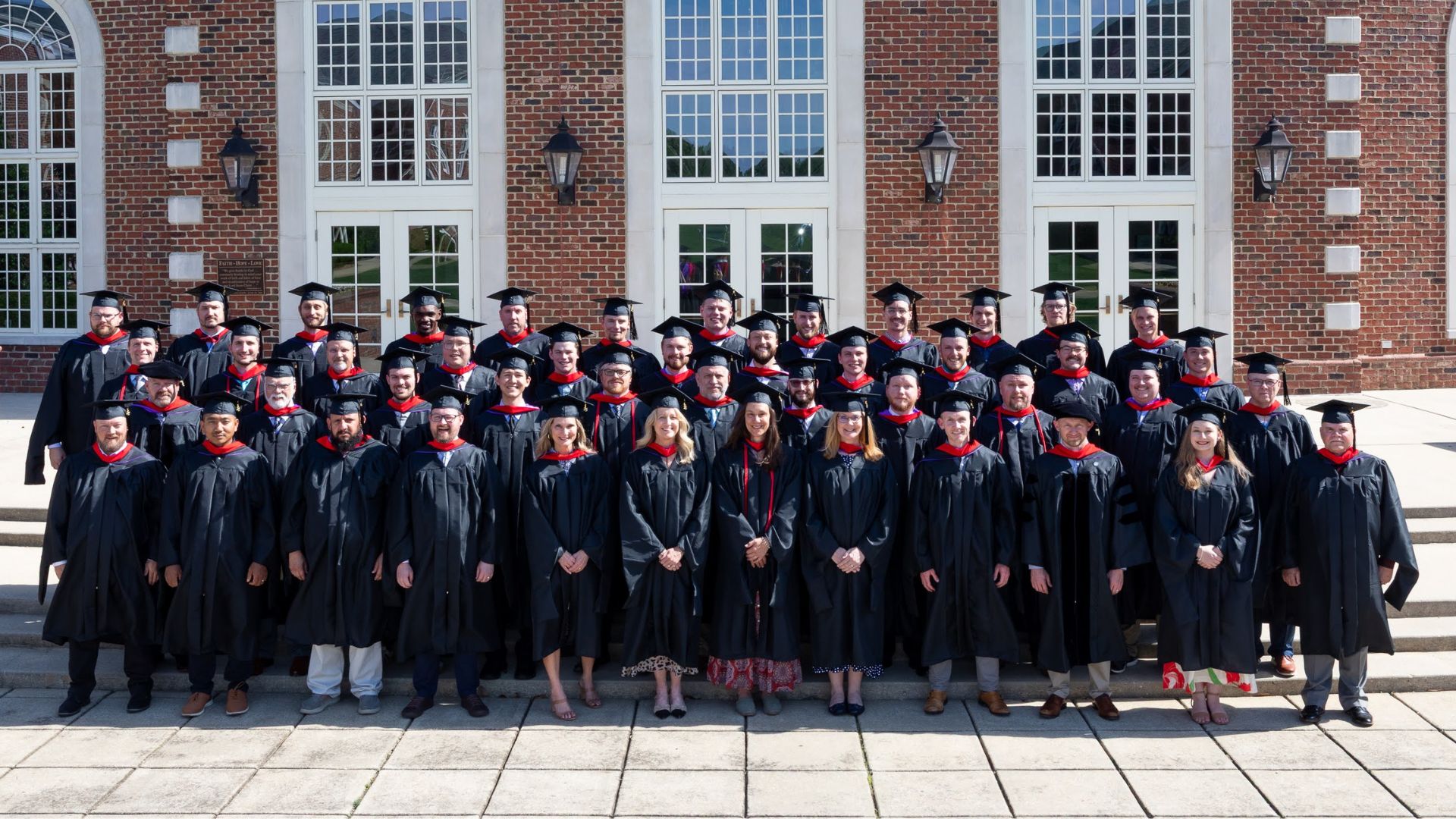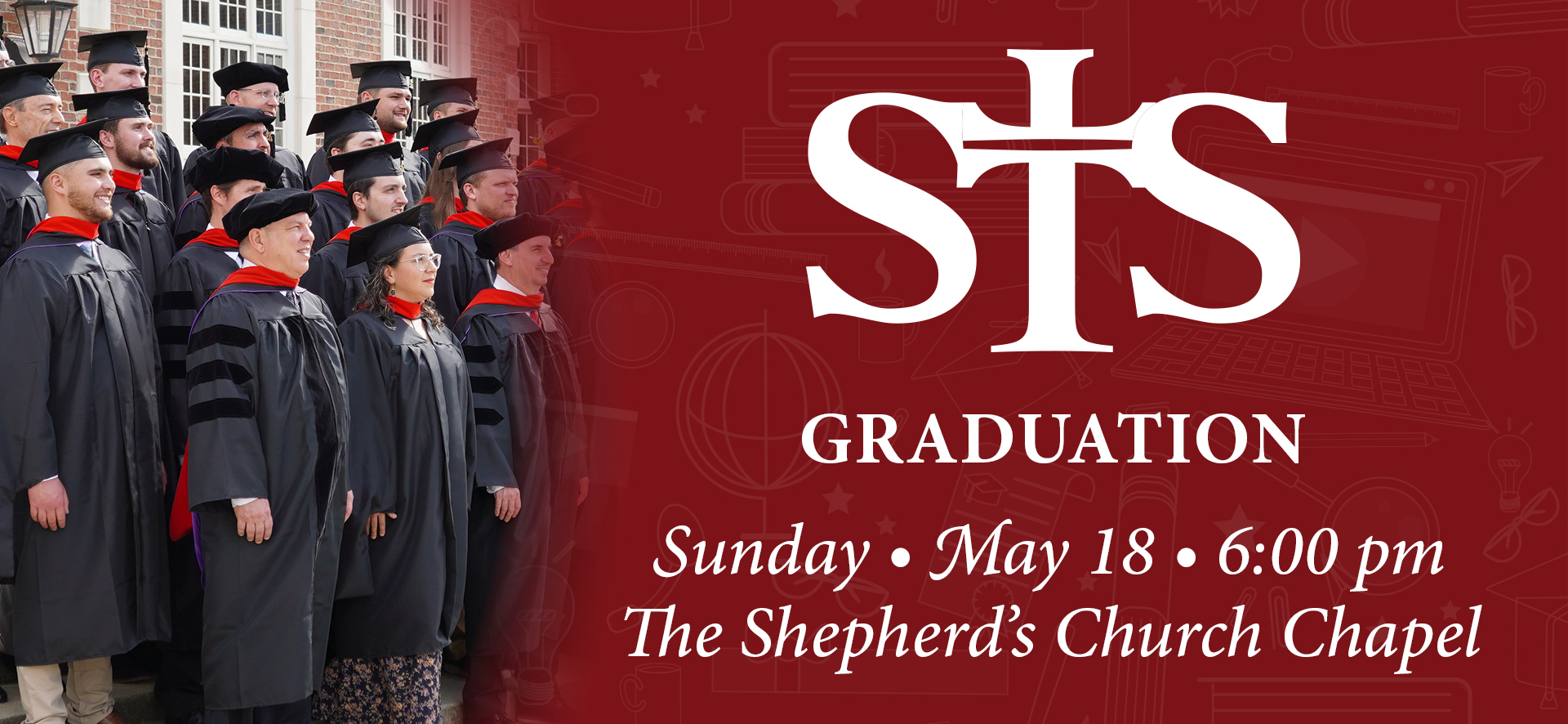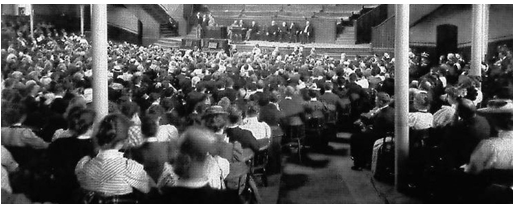The last three years have seen remarkable technological acceleration in areas like employment, entertainment, and education. Countless institutions have adopted online platforms that are now here to stay. In Part 1 of this series, titled A Case for Community in a Digital Age: Technology and Church Trends, current trends in both technology and church were analyzed. Church leaders were encouraged to take note of the cultural and technological changes of the day and consider how to respond to both the new technology available and a culture’s new expectations. These pressures are here to stay as business and entertainment leaders continue speaking of an expanding, all-inclusive digital universe that allows life to be lived without leaving the comforts of home. Large churches will continue launching new technological initiates including metaverse-based services and digital small groups.[1] Long-time attendees will threaten to leave for churches that are more with the times. As the pressure mounts, faithful local churches must decide how to navigate these new opportunities and realities.
This article, which is Part 2 of the series, examines the biblical doctrine of ecclesiology. Particular attention will be paid to the principle of fellowship (koinonia). As key passages are considered, the argument will be built that biblical fellowship is an essential component of every local church. Church leaders need to consider this important topic as they make decisions regarding the form and function of the local church going forward.
The church belongs to Christ and was purchased with His blood (Acts 20:28). The “Chief Shepherd” will one day appear, so those who seek to serve as faithful under-shepherds are wise to listen to and obey the words of their Lord above any other (1 Pet. 5:1-4) when it comes to matters concerning His bride (Eph. 5:22-33). They must consider what the Word of God says regarding the local assembly, and allow that instruction, not cultural pressures, to guide their decision-making process.
ACTS 2:42 – THE NECESSITY OF FELLOWSHIP
Acts 2 records the birth of the local church at the day of Pentecost. It also demonstrates the necessity of fellowship to the local assembly. In one day, the Jerusalem church exploded to include 3,000 believers (Acts 2:41). How did the Apostles lead this church that was birthed as a megachurch? They acted with Spirit-inspired wisdom and established four guiding practices.[2] Acts 2:42 records that the Jerusalem church “continually devoted” themselves to the “apostles’ teaching and to fellowship, to the breaking of bread and to prayer”(emphasis added). This passage should be given special priority in establishing ecclesiology. It was the first church, and as Garland writes, it is “one of the few places where Luke tells us what happens after people are converted, and it emphasizes key elements of the church’s life.”[3]
The first practice of the Jerusalem church was a devotion to the Word of God as taught by the Apostles. The central focus of the church was God’s Word and they met regularly in a large group setting to hear the Apostle’s preaching. While much more could be written concerning the centrality of God’s Word to the Jerusalem church, for the purposes of this article it is worth nothing that this devotion represents only 25% of the practices mentioned in Acts 2:42. The remaining elements focus on fellowship. This in no way minimizes the essential nature of God’s word to the local church but rather highlights the importance of fellowship to the first local church.[4]
Acts 2:42 not only introduces the first church in history, but it also uses the verb koinonia (fellowship) for the first time in the New Testament. The phrase, often used to describe a marriage relationship,[5] in this setting “describes the enthusiasm believers demonstrated in a common bond at worship, at meals, and in the sharing of their material goods (v. 44).”[6] These converts did not simply attend the same Sunday service or study the same passage. Their church relationships became the “hub of their world.”[7] They were defined by the time spent together throughout the week as they lived like a family (v. 46). This familial nature of koinonia is expanded by Luke in the ideas of “breaking bread” and “prayers.”[8]
The scope of this article will not permit a full examination of the debates surrounding the exact meaning of both phrases, but Peterson provides a helpful summary regarding the “breaking of bread” when he writes,
Some scholars have argued that the expression in v. 42 is a technical term for the Lord’s Supper and that this was already separated from their ordinary meals. However, the term describes the initiation of an ordinary meal in the Jewish fashion of breaking a loaf with the hands and giving thanks to God (e.g., Lk. 9:16; 22:19; 24:30, 35; Acts 27:35 note). To ‘break bread’ was to eat together.[9]
The Jerusalem church was committed to ongoing, in-home fellowship (vv. 46-47) centered around a shared meal. As the church spent time together, the needs of all became evident. This provided a natural opportunity for new brothers and sisters in Christ to serve their new family members in sacrificial ways (vv. 44-45). As believers gathered in the intimate setting of a meal, significant emphasis was given to time of prayer. While the scholars debate whether the prayers followed a prescribed pattern or were simply free flowing, the koinonia of the Jerusalem church was clearly defined by prayer.
Acts 2:42 records that the first local church was built on four guiding principles that fall under the headings of “teaching” and “fellowship.” The Apostolic teaching primarily occurred in the Temple area as large crowds gathered to learn. Fellowship occurred throughout the week in smaller home-based groups and focused on the “breaking of bread” and “prayer.” From the day of Pentecost on, local churches have been built on teaching and fellowship, thus any decision made by modern church leaders should keep these core principles in mind as well. With the importance of koinonia established, the foundation for such fellowship will next be explored.
1 JOHN 1:3 – THE FOUNDATION OF FELLOWSHIP
Perhaps no passage is more instructive in understanding biblical koinonia than 1 John 1:3. After describing the incarnation of Jesus in vs. 1-2, John writes, “what we have seen and heard we proclaim to you also, so that you too may have fellowship with us; and indeed our fellowship is with the Father, and with His Son Jesus Christ (emphasis added).” Of the 19 uses of koinonia in the New Testament, two occur in this verse as John describes first koinonia with the saints (“us”) and second koinonia with God. Additional instances of the verb occur in v. 6 which speaks again of koinonia with God and v. 7 which speaks of koinonia “with one another.” Taken in total, the message of this passage is quite remarkable. Fellowship between believers exists because fellowship with God has been restored.
1 John 1:1-2 offers the solution to the great problem of humanity. Koinonia with the God of the universe can be restored through the work of Christ. Unholy humans can enjoy a relationship with a holy God that lasts forever. As Wiersbe writes regarding the phrase koinonia, “fellowship is an important one in the vocabulary of a Christian. It simply means ‘to have in common.’ As sinners, men have nothing in common with the holy God.”[10] Yet koinonia with God has been restored and John does not stop with this wonderful reality. Those who have been brought into fellowship with God are now also in fellowship with other believers. God created humanity to exist in relationship with others (Gen 2:18), but sin brought about relational brokenness that manifested in blame-shifting (Gen 3:12-13), murder (Gen 4:8), polygamy (Gen 4:19), and a multitude of further injustices from Genesis on.[11] Yet John writes that true fellowship with others is not only a potential but is a reality in the church. The foundation of this Christian koinonia is each individual’s koinonia with God.[12]
While the world longs for meaningful community, “Fellowship in this context becomes a specifically Christian word, referring to a common participation in eternal life that comes by the grace of God, the saving work of Christ, and is enhanced by the indwelling of the Holy Spirit.”[13] This reality brings tremendous privileges, but also a tremendous responsibility to those in the community of local churches. They must understand the goal of biblical fellowship, and church leaders must emphasize its importance in their ministries.
HEBREWS 10:24-25 – THE GOAL OF FELLOWSHIP
Hebrews 10:25 may be the verse quoted most often by pastors as they encourage people not to miss Sunday morning service. It may also be the most often misapplied verse regarding ecclesiology. Hebrews 10:24-25 reads, “let us consider how to stimulate one another to love and good deeds, not forsaking our own assembling together, as is the habit of some, but encouraging one another; all the more as you see the day drawing near.” Careful exegesis reveals that the author had far more in mind than faithful Sunday morning attendance. Rightly understood, this passage is a clarification of the goal of biblical fellowship. It calls for a deep commitment to the spiritual welfare of others in one’s local assembly echoing the practices of Acts 2:42. Rather than a simple call to church attendance, it is a call to familial koinonia.
Hebrews 10:24 begins with the verb katanoeō. This phrase serves as the main verb through v. 25 and can be understood as giving “very careful consideration to some matter,”[14] or to “look at in a reflective manner.”[15] The verb is used in Acts 7:31-32 of Moses looking at the burning bush and in Romans 4:19 of Abraham who, at nearly 100 years of age, learned he would have a child and “contemplated his own body.” Moses and Abraham were face to face with the miraculous and their minds were singularly focused. The author of Hebrews here indicates that something serious is coming as he says, “be ready to think diligently about this!” As the text continues, the object of careful consideration comes into view as allēlōn (one another), is introduced. This passage, so often cited regarding the importance of a believer attending church for her own personal growth, is focused on the exact opposite. It is a call for intentional focus on other believers in the local assembly.
With minds properly fixed on others, the text next brings the action needed to the table with the term paroxusmos (stimulate). This word carries with it the idea of “rousing to activity, stirring up, provoking,”[16] and “stimulating a change in motivation or attitude.”[17] It is a call for thoughtful “co-spurring” toward “love and good deeds” (v. 24). Christians are to daily, “Put your mind to work to find ways to provoke—in the good sense of the word—each other to increase your expressions of love that result in doing noble works.”[18] It should not be missed that this is only possible when people spend meaningful time together. This is where the author moves as he transitions from the task at hand to how it is carried out.
Encouraging one another (v. 25) is only possible when time is spent together in fellowship, thus believers are told “not to abandon” the time of assembly (episunagōgē) of Christians.[19] Combining the home-group emphasis of Acts 2 with the intentional stimulating focus of Hebrews 10:24-25, this assembly seems to include times for fellowship that result in growing friendships and affections and not just times of instruction.[20] To successfully “stimulate one another to love and good deeds” (v. 24) requires people to be living in community that extends beyond participating in a service together. For this reason, churches big and small need to intentionally lead their congregation toward this type of community. As one considers the call of Hebrews 10:24-25 it is evident that modern church leaders cannot just focus on delivering content, whether in-person or digitally. They must build a culture where biblical edification can occur among the flock. This requires members to spend significant time together. It means that community focused ministries are not optional, they are foundational to the work of the local church.
CONCLUSION
Current church leaders have much to consider as they navigate through lingering effects of the pandemic, sustained declining numbers in church attendance, and rapidly developing technological options that will create new expectations on every local assembly. Churches face decisions concerning their ministry focus, livestream offerings, staffing needs (Pastor of Virtual Reality?), livestream / metaverse technology, and small groups approaches. As society continues to shift toward operating largely in a digital universe, pastors and church leaders need to realize the tremendous potential technology presents and also analyze the risks it may pose to biblical ecclesiology.
Through technology shut-ins can be connected to services, online gamers in closed countries can hear the Gospel, Sunday service can switch to Zoom when the next blizzard hits, and a broader audience can benefit from faithful teaching and preaching of God’s Word. On the other hand, church leaders must make sure the doctrine of koinonia is not jeopardized. They must guard against options that further encourage the Church to follow society’s trend toward convenience, isolation, self-focus, and autonomy. A robust understanding of ecclesiology is needed to wisely navigate these times and Acts 2:42, 1 John 1:3, and Hebrews 10:24-25 are important passages to consider as options are weighted, and Christ-honoring decisions are made.
END NOTES
[1] “Life.Church in the Metaverse,” n.d., http://www.life.church/metaverse/.
[2] John B. Polhill, Acts, vol. 26 of The New American Commentary (Nashville, Tenn.: Broadman, 1992), 119.
[3] David E. Garland, Acts, ed. Mark Strauss and John Walton, Illustrated edition. (Grand Rapids, Mich.: Baker Books, 2017), 33.
[4] Erickson, Christian Theology, 1038.
[5] Walter Bauer and Frederick W. Danker, A Greek-English Lexicon of the New Testament and Other Early Christian Literature (Chicago, Ill.: University of Chicago Press, 2000), 552.
[6] Simon J. Kistemaker, New Testament Commentary: Acts, First Edition., New Testament Commentary (Grand Rapids, Mich.: Baker Pub Group, 1991), 110–11.
[7] Randy Frazee, The Connecting Church (Grand Rapids, Mich.: Zondervan Publishing House, 2002), 36.
[8] Polhill, Acts, 119.
[9] David G. Peterson, The Acts of the Apostles, The Pillar New Testament Commentary (Grand Rapids, Mich.: William B. Eerdmans Publishing Company, 2009), 161.
[10] Warren W. Wiersbe, The Bible Exposition Commentary (Wheaton, Ill.: Victor Books, 1996), 476.
[11] K. A. Mathews, Genesis 1-11:26, vol. 1A of The New American Commentary (Nashville, Tenn.: Broadman, 1996), 213.
[12] Colin G. Kruse, The Letters of John, The Pillar New Testament Commentary (Grand Rapids, Mich.: W.B. Eerdmans Pub.; Apollos, 2000), 58.
[13] John F. MacArthur, The Body Dynamic: How in the World Is the Church to Work (Colorado Springs, Colo.: Victor Books, 1996), 115.
[14] Louw and Nida, Eugene A, Greek-English Lexicon of the New Testament: Based on Semantic Domains (New York, NY: United Bible Societies, 1996), 349.
[15] Bauer and Danker, A Greek-English Lexicon of the New Testament and Other Early Christian Literature, 522.
[16] Bauer and Danker, A Greek-English Lexicon of the New Testament and Other Early Christian Literature, 780.
[17] Louw, Greek-English Lexicon of the New Testament, 804.
[18] William Hendriksen and Simon J. Kistemaker, New Testament Commentary: Exposition of Thessalonians, the Pastorals, and Hebrews, 1st edition., New Testament Commentary (Grand Rapids, Mich.: Baker Books, 1996), 289–90.
[19] A detailed examination of this unique word has been made available by Allen. Allen, Hebrews, 518–20.
[20] Wayne Grudem, Systematic Theology: An Introduction to Biblical Doctrine (Grand Rapids, Mich.: Zondervan, 1994), 958.
BIO
Jimmy Carter is the Director of The Shepherd’s Institute at Shepherds Theological Seminary in Cary, NC. In this program, students earn a Master’s degree in one year; they also receive personal mentorship and the fellowship of their cohort.









